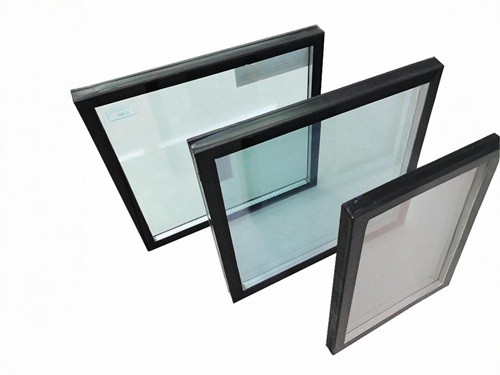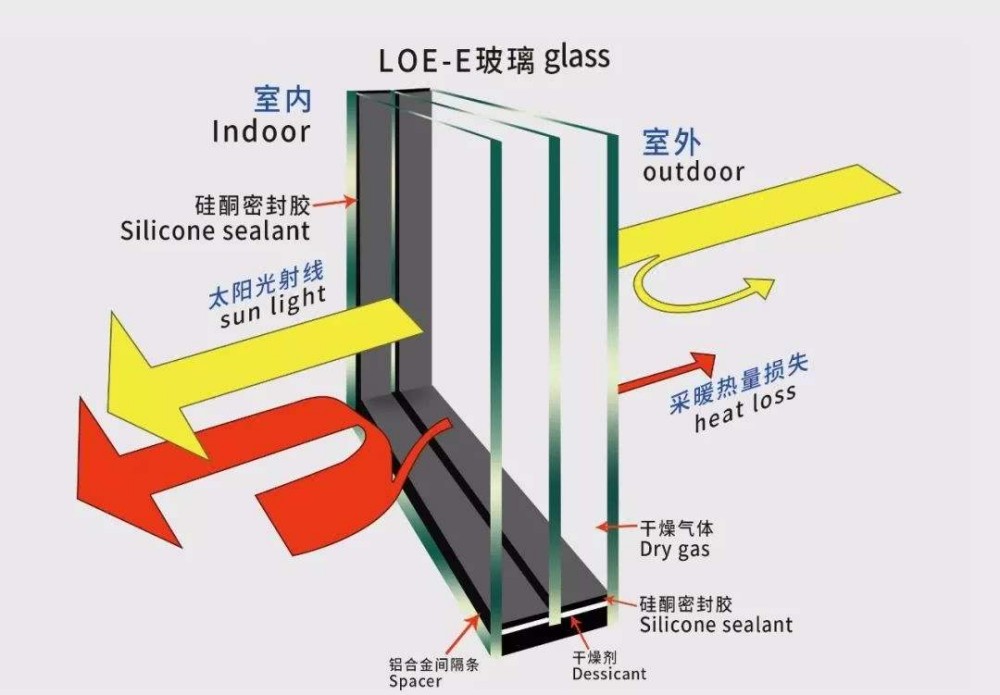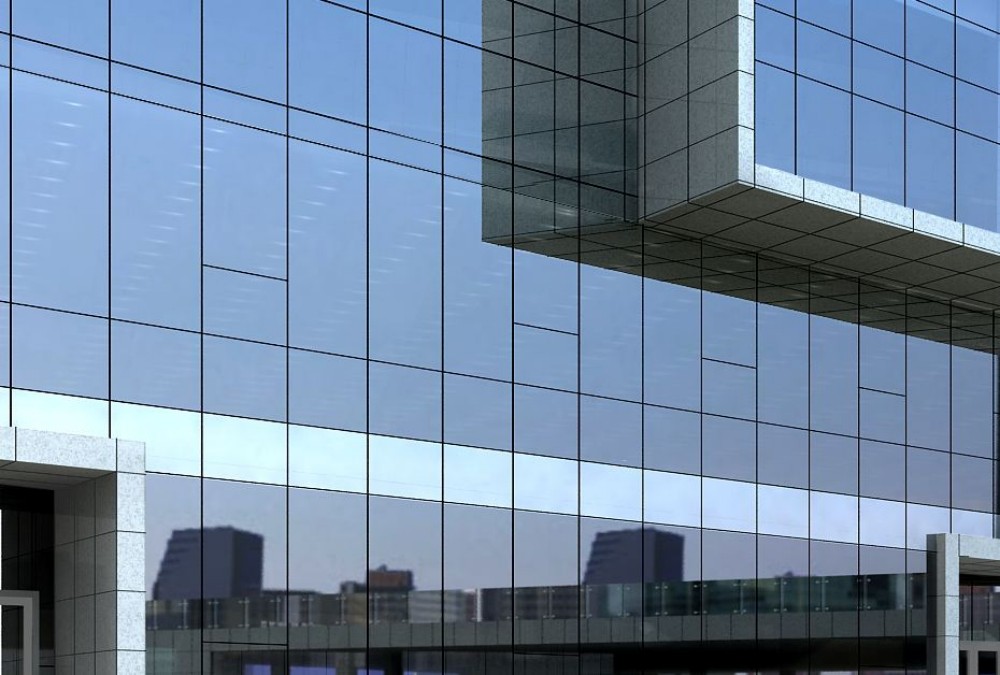Introduction to Insulating Glass
Insulating glass usually consists of two or more pieces of glass, between which a sealed air layer is formed by sealing adhesive strips or filled with inert gases (e.g. argon, krypton, etc.). Commonly used glasses are ordinary plate glass, float glass, tempered glass, Low-E glass, etc. The thickness of the air layer is usually 6 mm. The thickness of the air layer generally ranges from 6 mm to 20 mm, with 9 mm, 12 mm, etc. being the most common.

Features of Insulating Glass
1.Excellent Thermal Insulation: The dry air layer inside the insulating glass effectively forms a heat-resistant layer, which greatly reduces heat conduction and effectively improves the energy-saving effect of the building.
2.Noise Insulation: Air is a poor conductor of sound, the air layer in the insulating glass can effectively isolate the spread of sound, especially in the middle and high-frequency noise insulation effect is remarkable.
3.Heat Preservation And Cold Resistance: In addition to heat insulation, insulating glass also has good heat preservation performance. In the cold season, the dry air within the air layer can effectively prevent water vapour condensation, keep the glass surface dry, avoiding condensation and reducing the heat preservation effect.
4.High Safety: Insulating glass usually adopts tempered glass or laminated glass as the base material, which has high strength and impact resistance, providing all-round safety for the building.
5.Environmental Protection And Energy Saving: The use of insulating glass helps to reduce the energy consumption of buildings in heating and air conditioning, effectively reducing carbon emissions and promoting the development of green buildings.

Application Areas of Insulating Glass
1.Architectural Field: Widely used in doors, windows, curtain walls, light roofs and other parts of buildings. In residential buildings, office buildings, hotels, hospitals and other types of buildings, it can not only meet the requirements of lighting and aesthetics, but also play the role of heat insulation, sound insulation, energy saving, and improve the comfort and performance of the building.
2. Automotive Field: used in automobile window glass, especially in some high-grade cars, the use of insulating glass can effectively reduce the noise inside the car, improve the comfort of the ride, but also play a certain role in heat insulation, reduce the energy consumption of air conditioning in the car.
3. Other Fields: It can also be used in some places with high requirements for heat and sound insulation, such as cold storage, recording studio, machine room, etc. It helps to keep the indoor environment stable and quiet. More information, please contact info@gkbmgroup.com

Post time: Mar-20-2025




